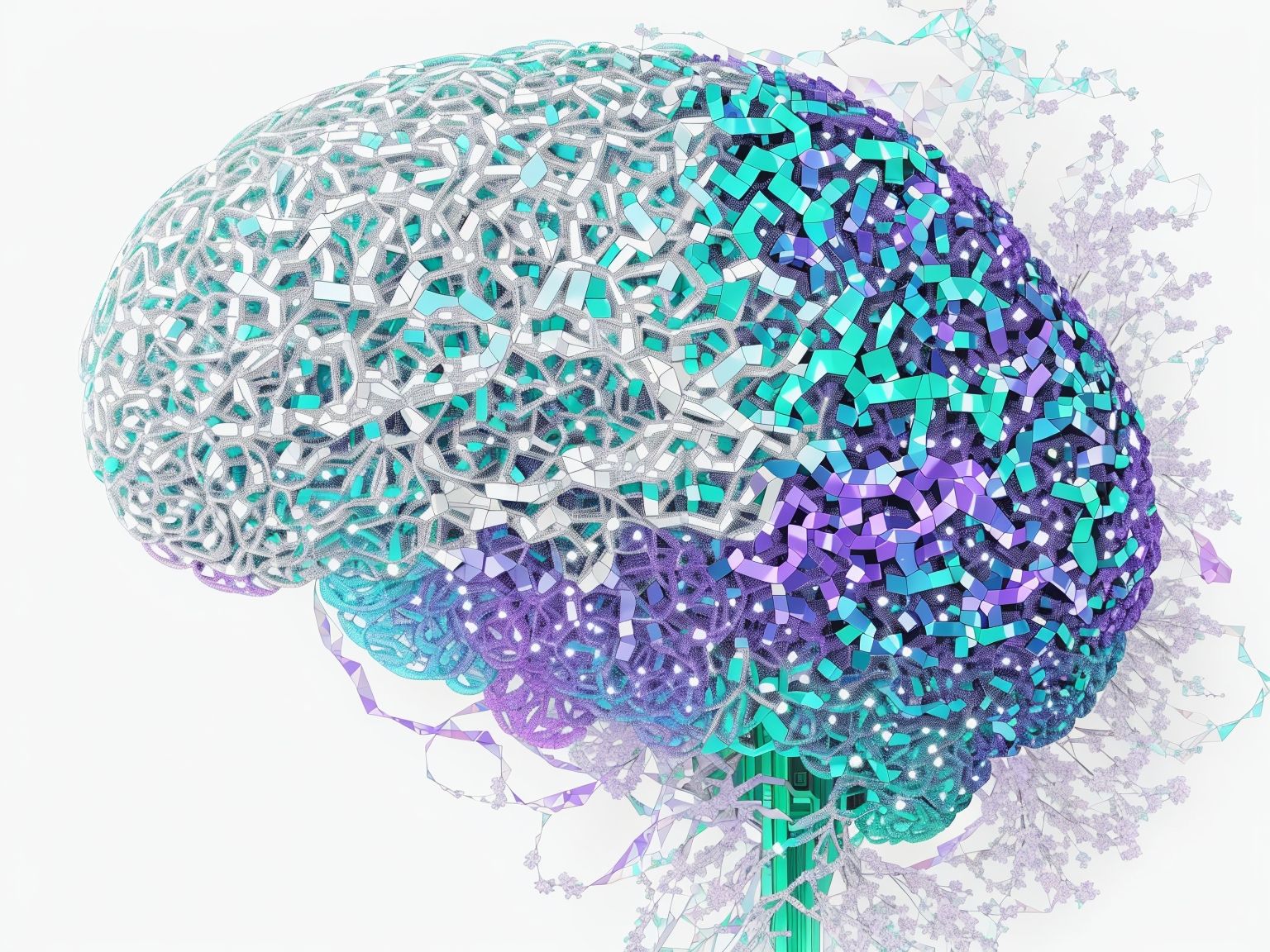Neruda Never Said That and Other Flaws of Generative AI for Content Creation: Drawbacks and Best Practices
As a digital marketer, I delve into generative AI for content creation, aiming to stay ahead in a competitive landscape. But, I've witnessed its limitations too – occasional inaccuracies and hallucinations. In this blog, I explore best practices to wield this powerful tool responsibly.

[Disclosure: This blog post was created with the assistance of AI technology]
As a digital marketer, I've dived into the realm of generative Artificial Intelligence (AI) to enhance my content creation process. The hope is that embracing this cutting-edge technology will allow me to stay ahead of the curve in the world of content creation, honing my writing and content generation skills while tapping into its promising potential. With automation looming on the horizon, mastering the use of generative AI seems crucial to secure a position in the ever-evolving landscape of content creation.
While generative AI has proven extremely useful and fun to collaborate with, I've also encountered its inadequacies and occasional hallucinations firsthand.
Recently, during my AI-assisted content creation journey, I came across a captivating quote attributed to Pablo Neruda: "Poetry is like a mirror that reveals the invisible, every poem is a window to the soul." However, my attempts to authenticate this quote proved fruitless, casting doubt on the accuracy of AI-generated content.
In this blog post, I look into the limitations and challenges of generative AI, shedding light on its occasional inaccuracies and highlighting the best practices. Join me as we navigate the uncharted waters of generative AI, aiming to harness its potential while ensuring responsible and accurate content creation.
Generative Artificial Intelligence (AI) has revolutionized content creation, enabling the automated generation of text, images, and even videos. From enhancing productivity to augmenting creativity, it offers immense potential for various industries. However, like any emerging technology, generative AI also has its shortcomings and drawbacks that need to be acknowledged and addressed. Below, I will explore the limitations of generative AI, including hallucinations and other challenges, and provide best practices for incorporating it into your content strategy.
1. Hallucinations and Inaccuracies
One of the major concerns with generative AI is its tendency to produce content that lacks accuracy or may include fictional information. The models are trained on vast amounts of data, which can lead to the generation of plausible but false information. Users must exercise caution while relying solely on generative AI outputs, especially in fields where accuracy and factual correctness are crucial, such as journalism, scientific research, or legal documentation.
Best Practice: Implement rigorous fact-checking processes to verify the generated content and ensure its accuracy before publishing. Combining generative AI with human oversight can significantly mitigate the risk of spreading misinformation.
2. Lack of Contextual Understanding
Generative AI models often struggle with contextual understanding, resulting in outputs that may seem coherent but lack deeper meaning. The models primarily learn patterns and statistics from the training data, which can limit their ability to grasp complex nuances and subtleties.
Best Practice: Provide clear and specific instructions or prompts to guide the generative AI models. By setting well-defined contexts and constraints, content creators can achieve more targeted and relevant outputs.
3. Bias Amplification
Generative AI models are trained on existing datasets, which inherently contain biases present in the data. If not addressed, these biases can be amplified in the generated content, potentially perpetuating stereotypes or discriminatory narratives.
Best Practice: Conduct regular audits and evaluations of the training data to identify and mitigate bias. Employ diverse datasets and consider incorporating ethical guidelines to ensure fair and inclusive content generation.
4. Lack of Creativity and Originality
While generative AI excels at replicating existing patterns and styles, it can struggle to produce truly original and creative content. AI-generated outputs may often lack the innovation, emotional depth, and unique perspectives that human creators bring to their work.
Best Practice: Utilize generative AI as a tool to augment human creativity rather than replace it. Collaborate with AI systems to enhance productivity, generate ideas, or assist in the creative process, but always preserve the human touch in content creation.
5. Intellectual Property Concerns
Generative AI models can inadvertently generate content that infringes upon intellectual property rights. The models might unknowingly reproduce copyrighted material or closely resemble the work of others, leading to legal complications.
Best Practice: Familiarize yourself with copyright laws and fair use guidelines. Ensure that the generative AI system is not trained on copyrighted material without proper authorization. Implement checks and balances to review and validate the generated content for potential infringement.
In conclusion
Generative AI has immense potential for content creation, but it also comes with its fair share of limitations and challenges. By acknowledging shortcomings such as hallucinations, lack of contextual understanding, bias amplification, lack of creativity, and intellectual property concerns, content creators can make informed decisions when incorporating generative AI into their strategies. By embracing best practices like fact-checking, contextual guidance, bias mitigation, human collaboration, and adhering to copyright regulations, we can harness the power of generative AI responsibly and ethically, unlocking new possibilities in content creation while upholding quality and integrity.